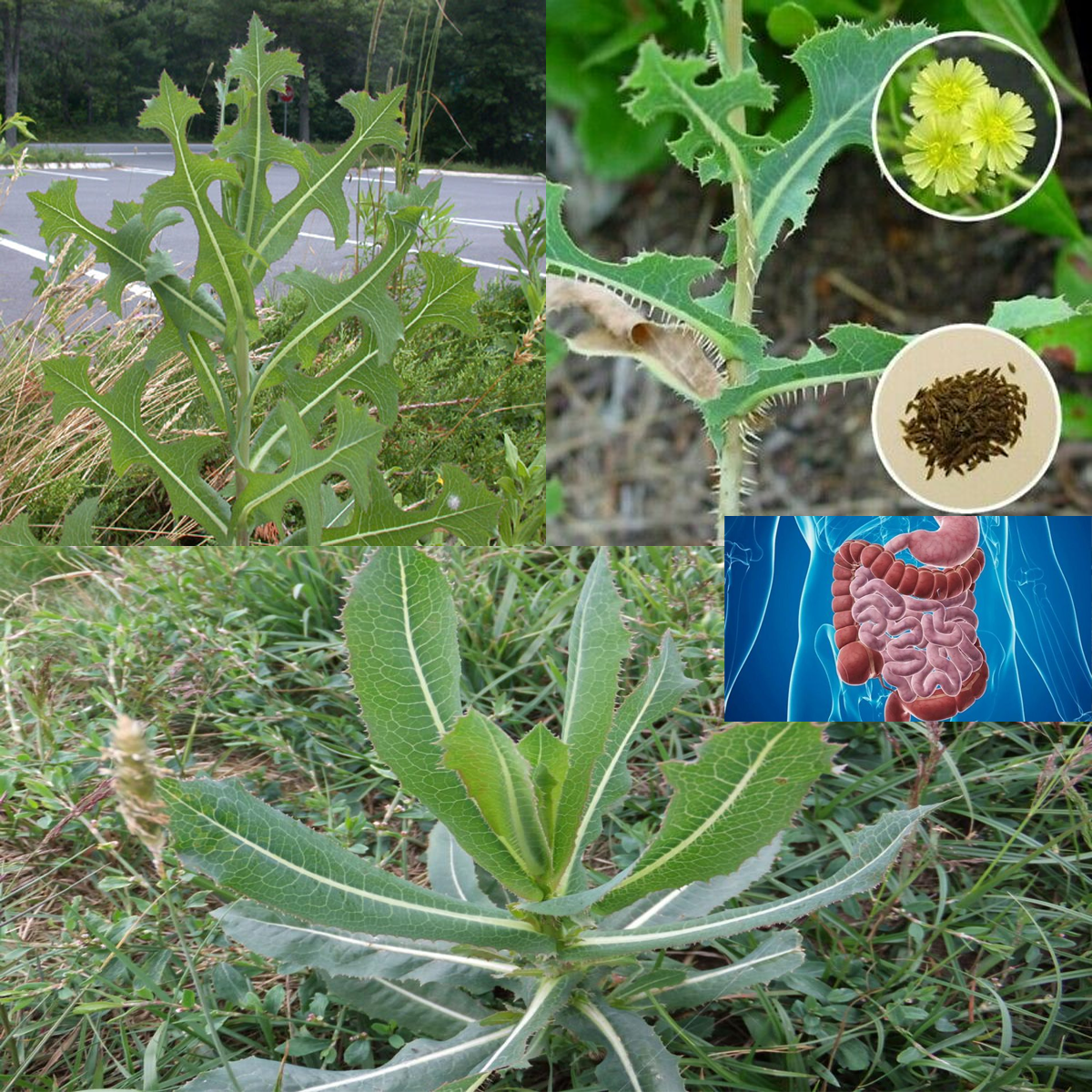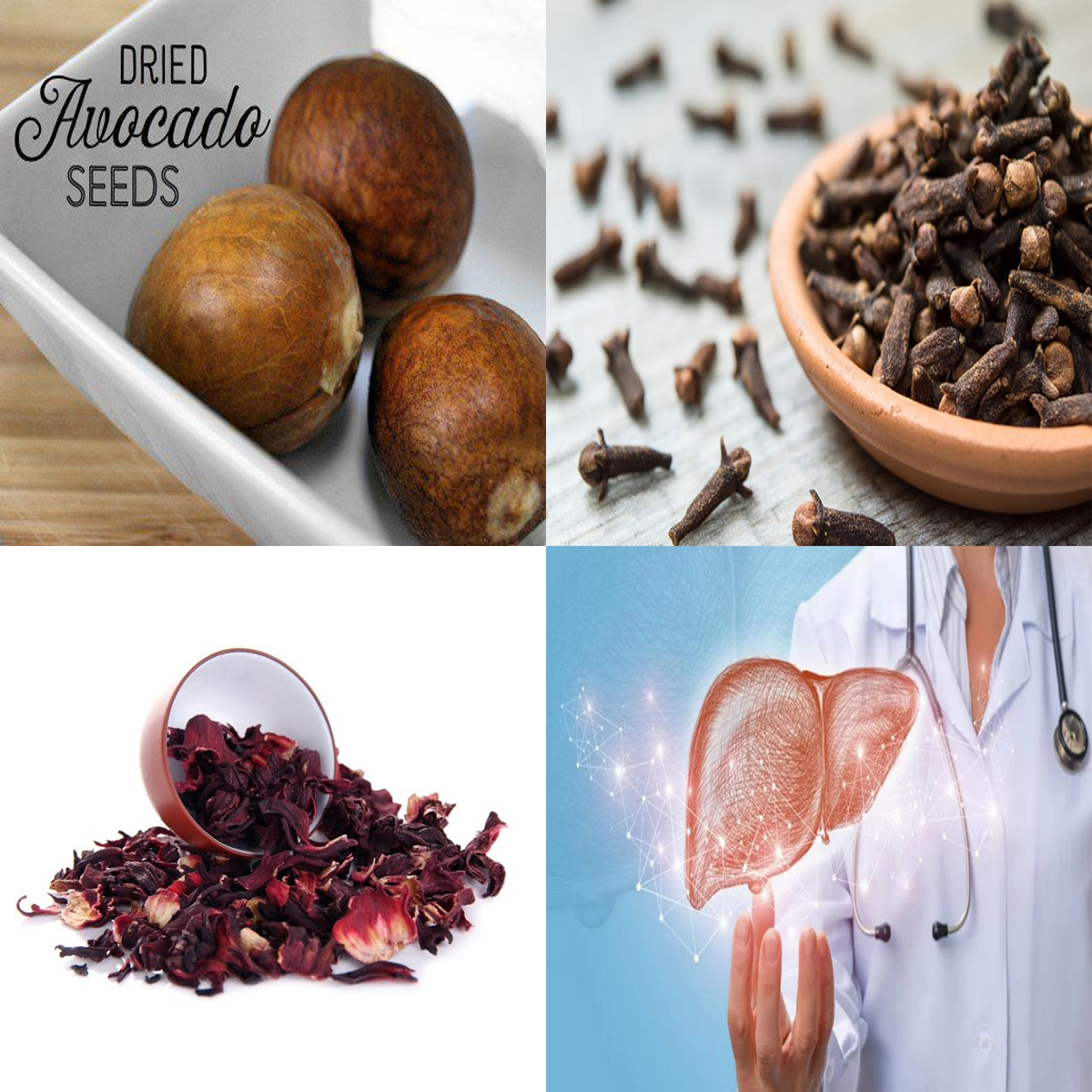Lactuca serriola, commonly known as prickly lettuce, is a plant that often goes unnoticed despite growing abundantly in fields, roadsides, and even backyards. While many dismiss it as just another weed, this wild lettuce carries an impressive history of medicinal and nutritional value. If you’ve ever overlooked this resilient plant, it’s time to discover its hidden benefits.

Nutrient-Rich and Packed with Goodness
Prickly lettuce is loaded with essential vitamins and minerals that support overall health.
- Vitamin A – Supports vision and immune function.
- Vitamin C – Acts as a powerful antioxidant and boosts immunity.
- Vitamin K – Essential for bone strength and blood clotting.
- Calcium & Magnesium – Vital for strong bones and muscle function.
- Potassium – Helps regulate blood pressure and hydration levels.
A Natural Pain Reliever
One of the most intriguing benefits of Lactuca serriola is its pain-relieving properties. The plant produces a milky sap known as lactucarium, which has been historically used as a natural analgesic. This latex-like substance provides mild sedative and pain-relief effects, making it a potential alternative for managing headaches, muscle aches, and joint pain.
Promotes Better Sleep and Relaxation
Due to its mild sedative effects, prickly lettuce has long been used as a sleep aid. Herbalists have utilized its extracts to help combat insomnia and anxiety, promoting relaxation without the side effects of synthetic sleep medications.
Anti-Inflammatory Properties
Prickly lettuce contains lactucopicrin, a compound known for its anti-inflammatory effects. Regular consumption may help alleviate symptoms of arthritis, muscle soreness, and chronic inflammatory conditions.
Supports Digestive Health
The slightly bitter taste of prickly lettuce plays a role in stimulating digestion. Bitter greens like Lactuca serriola encourage bile production, aiding in digestion and reducing bloating. Additionally, it acts as a natural detoxifier, helping flush toxins from the liver and kidneys.
Rich in Antioxidants
Antioxidants are crucial for protecting the body from oxidative stress, which can contribute to premature aging and chronic diseases. The high antioxidant content in prickly lettuce helps neutralize free radicals, reducing the risk of heart disease and certain cancers.
A Forgotten Edible Green
Did you know that prickly lettuce is edible? While mature leaves may have a bitter taste, young leaves can be used in salads, soups, or sautéed with garlic and olive oil. When properly prepared, they add both nutrition and flavor to your meals.
Ways to Enjoy Prickly Lettuce:
- Fresh Salads – Use tender young leaves for a mildly bitter kick.
- Soups & Stews – Add mature leaves to simmering dishes.
- Sautéed Greens – Cook with olive oil and garlic for a nutritious side.
Environmental Benefits of Prickly Lettuce
Aside from its health benefits, Lactuca serriola plays an essential role in nature. It helps stabilize soil, preventing erosion, and supports biodiversity by attracting pollinators such as bees and butterflies.
Historical and Cultural Uses
This plant has been valued for centuries. Ancient Egyptians used it as a sedative, while medieval Europeans relied on it for its calming and pain-relieving properties. Traditional herbal medicine still recognizes its benefits today.
Final Thoughts
Lactuca serriola is far more than a common weed—it’s a powerhouse of nutrition and natural healing. Whether you’re looking for a natural pain remedy, an anti-inflammatory boost, or a unique edible green, this resilient plant has something to offer. The next time you see prickly lettuce growing around you, consider harvesting it instead of weeding it out. Nature’s medicine is often closer than we think!



